Improving the quality of human resources for agriculture
Speaking at the group discussion, National Assembly member Nguyen Thi Lan highly appreciated the comprehensive, consistent leadership and strategic vision of the Politburo and the Party Central Committee in identifying education - training, science - technology and innovation as key driving forces for national development. In particular, the profound orientations of the General Secretary have created a compass for institutional improvement, arousing aspirations for development and promoting innovation in all fields, from economics, education to science - technology, health and high-tech agriculture.
"The fact that we discussed two important resolutions on investment policies for national target programs on education and health is proof of our strong leadership and orientation associated with specific actions, saying and doing," emphasized National Assembly delegate Nguyen Thi Lan.

Giving specific comments on the draft resolution approving the investment policy for the national target program on modernization and improvement of training quality for the period 2026 - 2035, National Assembly Deputy Nguyen Thi Lan highly appreciated the Government, the drafting agency and the appraisal agency for preparing a very elaborate and modern draft Resolution, demonstrating a strong determination to innovate. The target-based approach, with clear component projects, and prioritizing disadvantaged areas shows a correct and comprehensive vision in developing national human resources.
To perfect the resolution, delegates focused on analyzing groups of recommendations on science and technology, innovation and human resources for agriculture because these are areas that play a strategic role in the coming period. Accordingly, regarding Article 1 of the Draft Resolution, the content related to higher education has set very high goals such as developing a modern university system, with schools in the top of the region and the world. However, the draft only stops at "positioning goals", there is no mechanism for schools to truly become the driving force of science and technology and innovation. Meanwhile, international experience shows that Singapore has made a breakthrough by granting full autonomy to NUS; Korea has established KAIST as a center to promote technology for the entire economy...
From the above practices, delegates proposed adding 4 new points, which are piloting an autonomous mechanism according to the sandbox model for key universities (strongly implementing autonomy in safety control); forming a national research and innovation center located at the university, with a flexible financial mechanism and connecting with businesses; increasing the ratio of spending on research, not only focusing on infrastructure investment; issuing "research university" standards to orient focused investment.
Clarifying the role of science and technology in agriculture
National Assembly Deputy Nguyen Thi Lan also said that in Article 1, the draft has not clarified the role of science and technology in agriculture. This is a big policy gap because agriculture is still the mainstay of the economy and the sector most affected by climate change, so adding a component on science, technology and agriculture is necessary and reasonable.
Delegates also cited international experience showing that new science and technology are factors that create breakthroughs, typically Israel from the desert to become an agricultural powerhouse thanks to drip irrigation and new varieties; Australia and New Zealand have increased their export value thanks to seed and processing technology; the Netherlands, although only the size of a province of Vietnam, is currently second in the world in agricultural exports thanks to the agricultural campus model connecting universities - research institutes - businesses.
"I propose adding a separate component on agricultural science and technology, focusing on varieties, biotechnology, digital agriculture, deep processing and logistics; at the same time, identifying the core role of universities and agricultural research institutes. This is the direction to ensure food security and increase farmers' income," emphasized National Assembly member Nguyen Thi Lan.
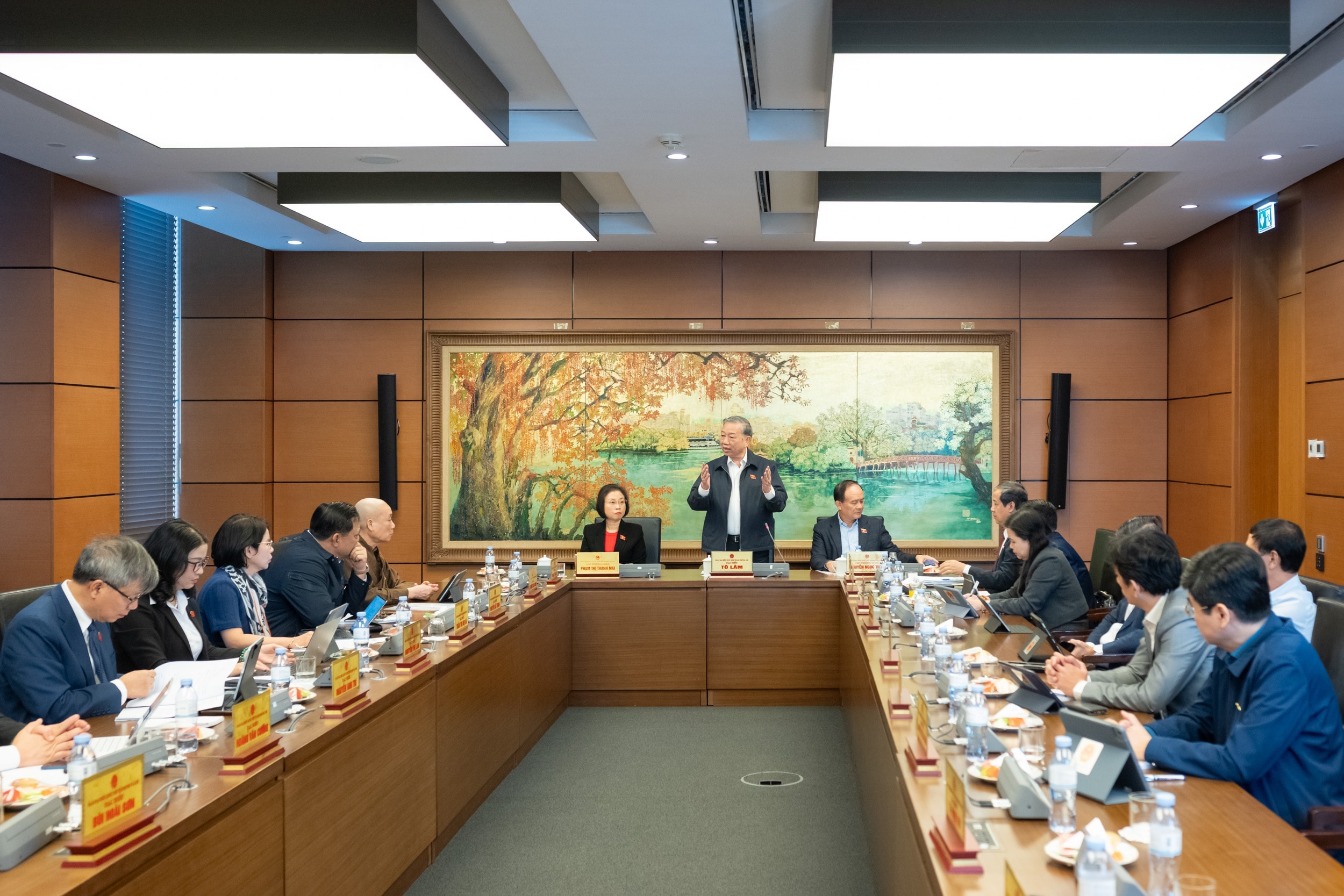
Still related to Article 1, delegates assessed that the draft still lacks a national skills demand forecasting system (or a map of future skills that the country needs) based on changes in technology, industry trends, labor structure, automation speed, business requirements, practices, and the country's socio-economic development strategy.
"Lack of forecasting will cause training to deviate and slow adaptation to digital transformation and green transformation. Therefore, I propose adding the task of building a National Skills Forecasting System, as a foundation for organizing training in new professions such as AI, data analysis, robotics, farm automation, agricultural logistics and high-tech processing, and a number of other core important professions," National Assembly Deputy Nguyen Thi Lan proposed.
Regarding Article 1 on specific objectives and Component Projects, the new draft emphasizes staff training but does not have a mechanism to attract and retain talent, although this is a core condition for successful innovation. Therefore, the National Assembly Deputies proposed adding a special contract mechanism to attract good experts; increasing the postgraduate scholarship fund in the fields of science, technology and agriculture; a system of evaluating and ranking lecturers according to international standards... because international experience shows that when there is a competitive remuneration mechanism, schools quickly raise research standards and create technology of great economic value.
"The above recommendations are all aimed at helping the resolution not only overcome current limitations but also create a strategic foundation for the next 10-20 years with the goal of developing science and technology, innovation, improving the quality of university education, and bringing Vietnamese agriculture into a knowledge-based growth phase," National Assembly Deputy Nguyen Thi Lan emphasized.
Rapid, sustainable development and maintaining Vietnamese identity
Speaking at the discussion in Group 1, National Assembly Deputy Bui Hoai Son affirmed that with the National Target Program on modernization and improvement of education and training quality for the period 2026-2035, we are creating a new development architecture for the country - where education, health care, science - technology, culture, institutions, integration, and private economy are no longer "separate pillars", but become a unified ecosystem, working together to ensure the aspiration for rapid, sustainable development and maintaining Vietnamese identity.
"In that ecosystem, education is the center of the center, the field that determines the quality of the race, human resources, competitiveness and cultural and spiritual strength of the nation in the coming decades," National Assembly Deputy Bui Hoai Son emphasized.
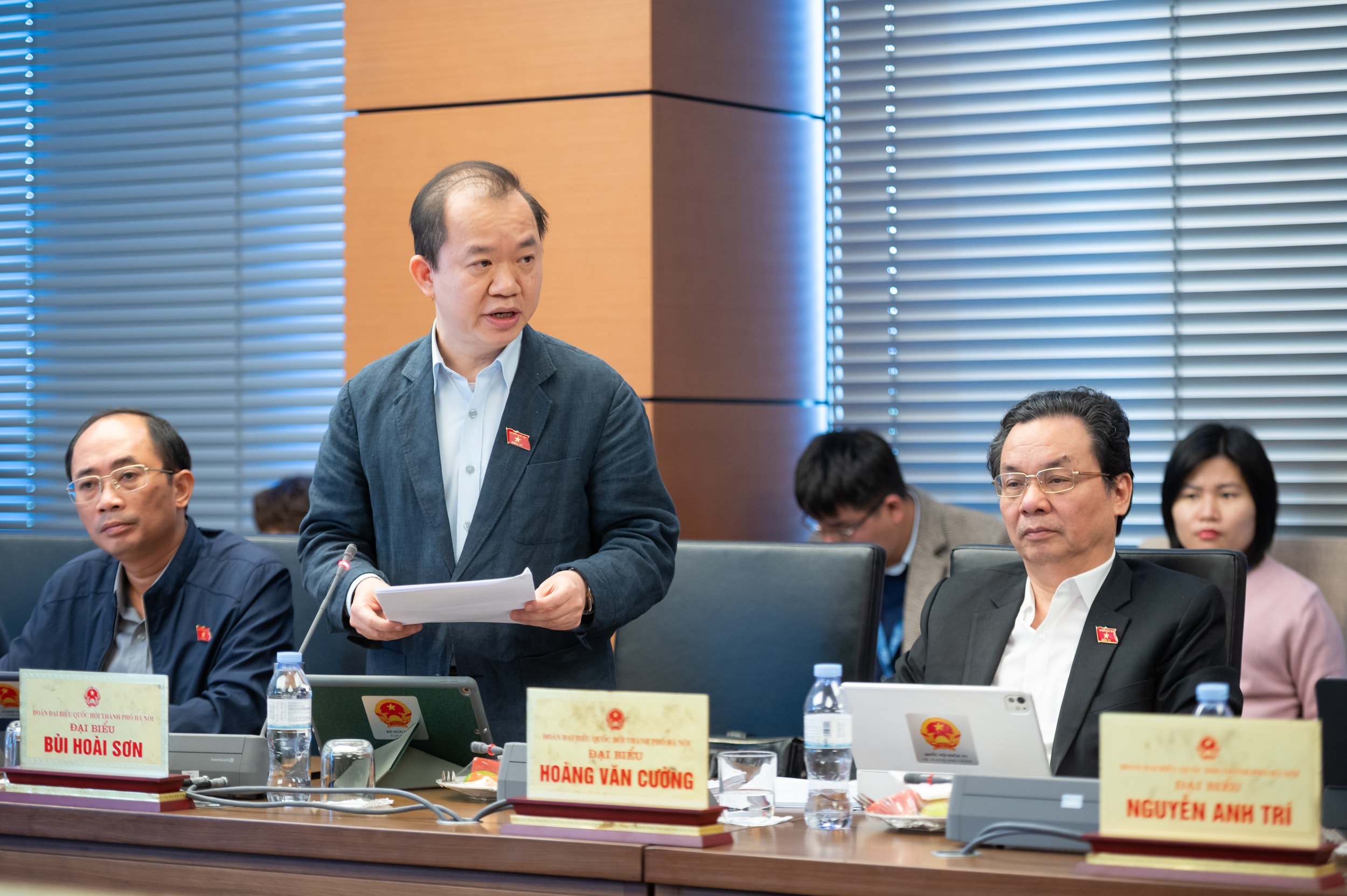
The delegates also fully agreed with the Government's Submission 1061/TTr-CP and the National Assembly's draft Resolution on this Program. The goals, targets, and scope are all designed not only to solve the remaining problems of education, but more importantly, to bring education into a new stage of development: modern, open, interconnected, digital, and integrated.
What is more noteworthy is that the program is set in the spirit of Resolution 71 on educational and training breakthroughs and is at the same time compatible with and complements all six remaining strategic resolutions. Thus, this program is not a “single-sector” program, but the axis connecting the entire national development strategy.
In addition, delegates also highly appreciated a number of issues raised in the Program. First of all, the 5 component projects are tightly designed and address the "bottlenecks" of education, which are facilities, vocational education, university education, teaching staff, monitoring and evaluation. This is a structure that cannot modernize education without any missing piece. At the same time, the goal of making English the second language, investing in 10 key universities to reach the top 200 in Asia, forming innovation centers in universities, modernizing the vocational school system... are steps in line with world trends. In addition, the program is open and long-term, helping localities proactively plan for 10 years instead of being confused each year as before.
However, National Assembly Deputy Bui Hoai Son said that in order for the program to truly create change, it is necessary to emphasize three main axes, which are the institutional axes in the spirit of Resolution 66 because we cannot expect big goals while still maintaining the old management mindset. The delegate suggested building a specific mechanism for key universities: strong autonomy, governance according to international standards; eliminating procedures that hinder investment in facilities and equipment; strictly implementing the accountability and inspection regime for digital transformation across the sector.
Science-technology and digital transformation axis in the spirit of Resolution 57 on building a common data platform for the whole industry, managing lifelong learning for each citizen; national open digital learning materials; developing common plagiarism handling software to ensure academic integrity; developing digital teacher standards, digital schools, and AI assessment systems.
Regarding the cultural-human axis, in line with the Resolution on cultural revival and Resolution 72 on health, National Assembly Deputy Bui Hoai Son said that education must nurture not only knowledge but also personality, aesthetic ability, physical health, kindness, and Vietnamese cultural identity. Therefore, the delegate proposed to systematically introduce cultural, artistic, and heritage education into schools; build a healthy, safe, and happy school environment; ensure school nutrition and students' mental health - in line with the spirit of Resolution 72. In particular, education must be the place to cultivate a cultural foundation, and culture is the space for education to "permeate life" because these two areas must go hand in hand.
Source: https://daibieunhandan.vn/tam-nhin-dung-dan-toan-dien-trong-phat-trien-nguon-nhan-luc-quoc-gia-10397072.html








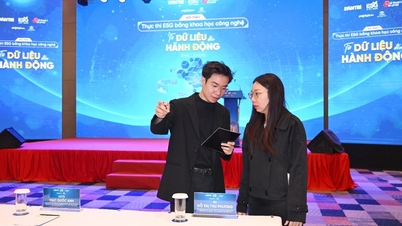

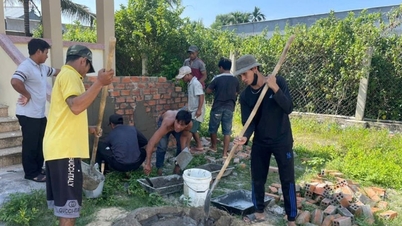


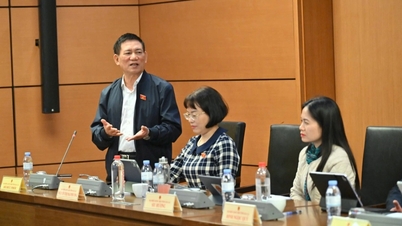
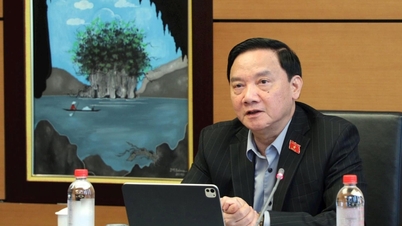
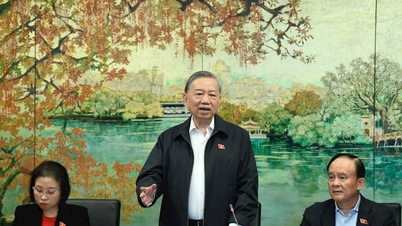

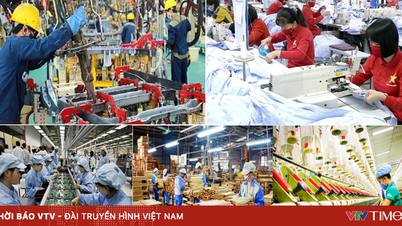


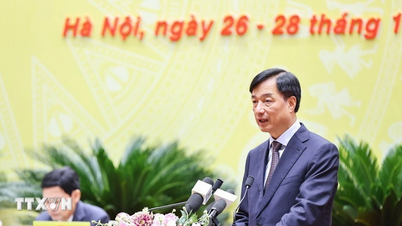

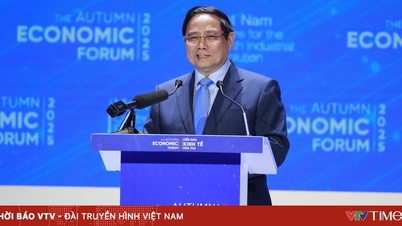
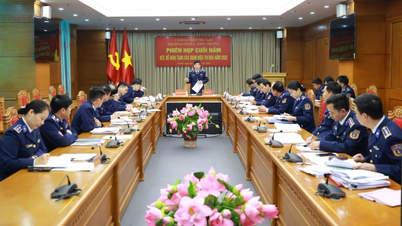

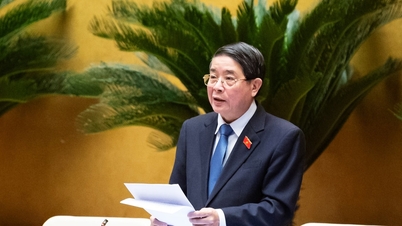










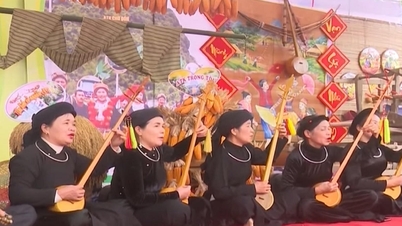



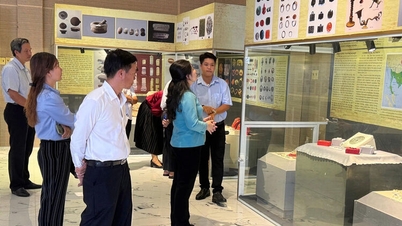



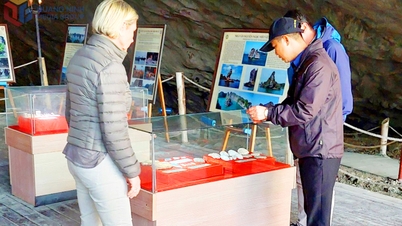



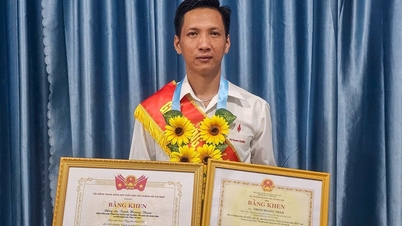






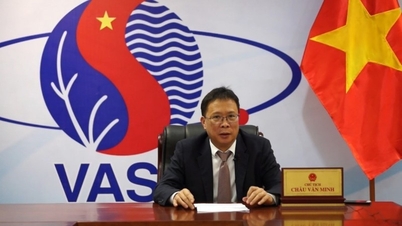


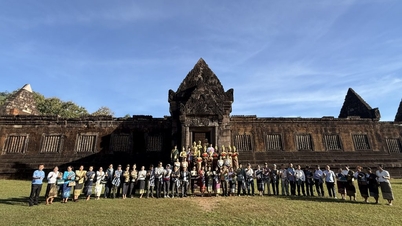



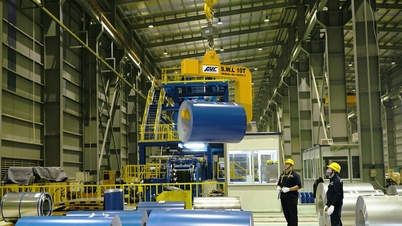
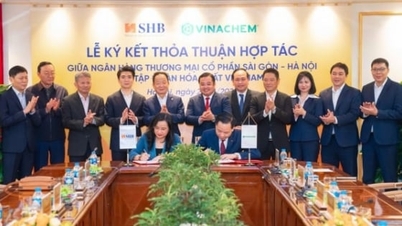
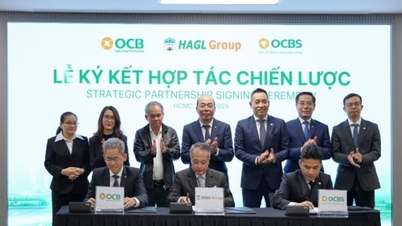












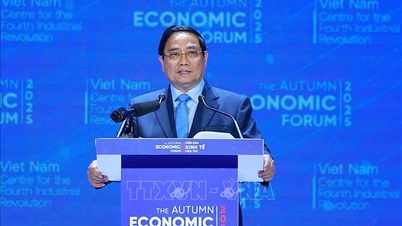

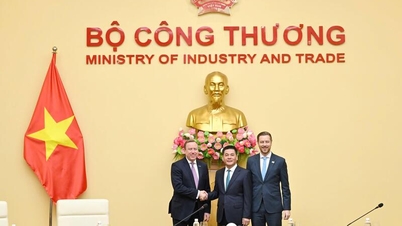

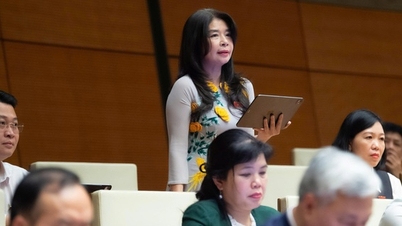



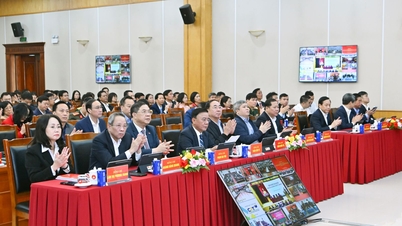
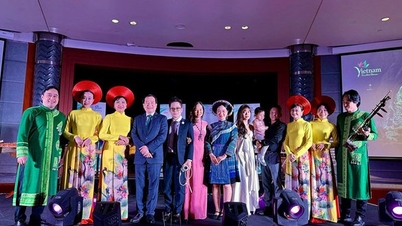




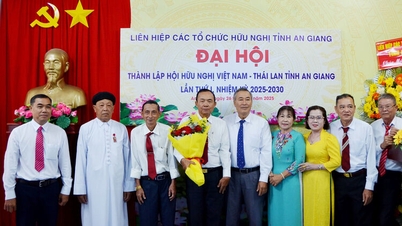


![[Photo series] Panoramic view from above of Ring Road 3 - Ho Chi Minh City preparing for technical traffic opening](https://vphoto.vietnam.vn/thumb/402x226/vietnam/resource/IMAGE/2025/11/26/1764137432632_anh_1_20251126121320.jpeg)













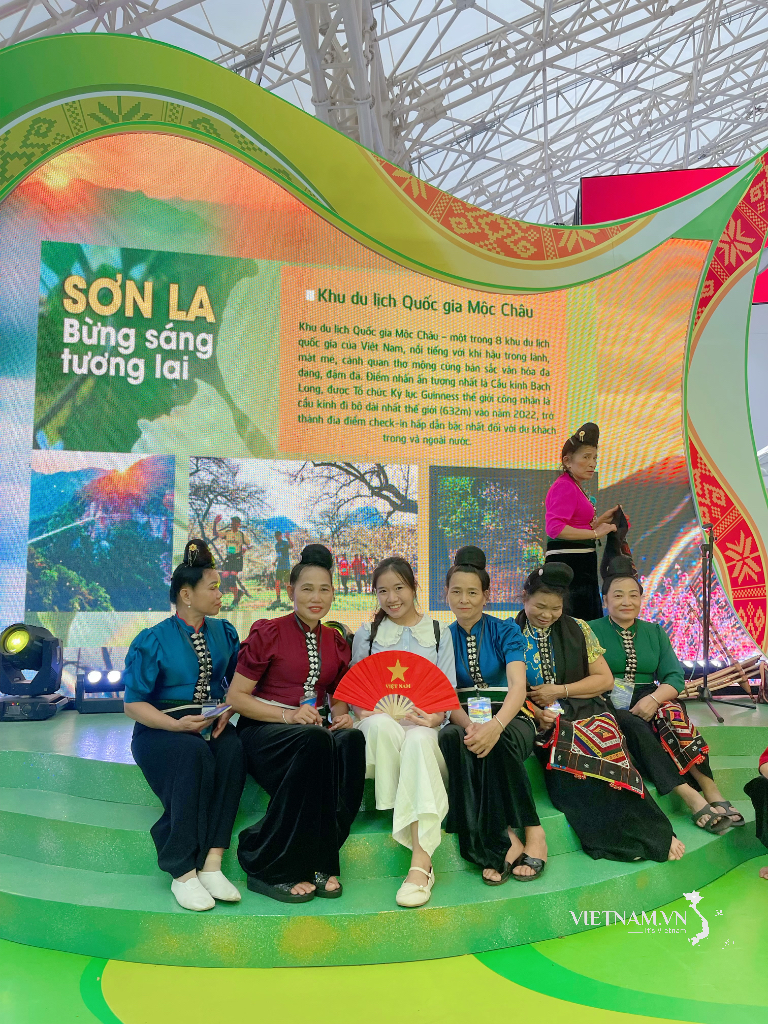

Comment (0)